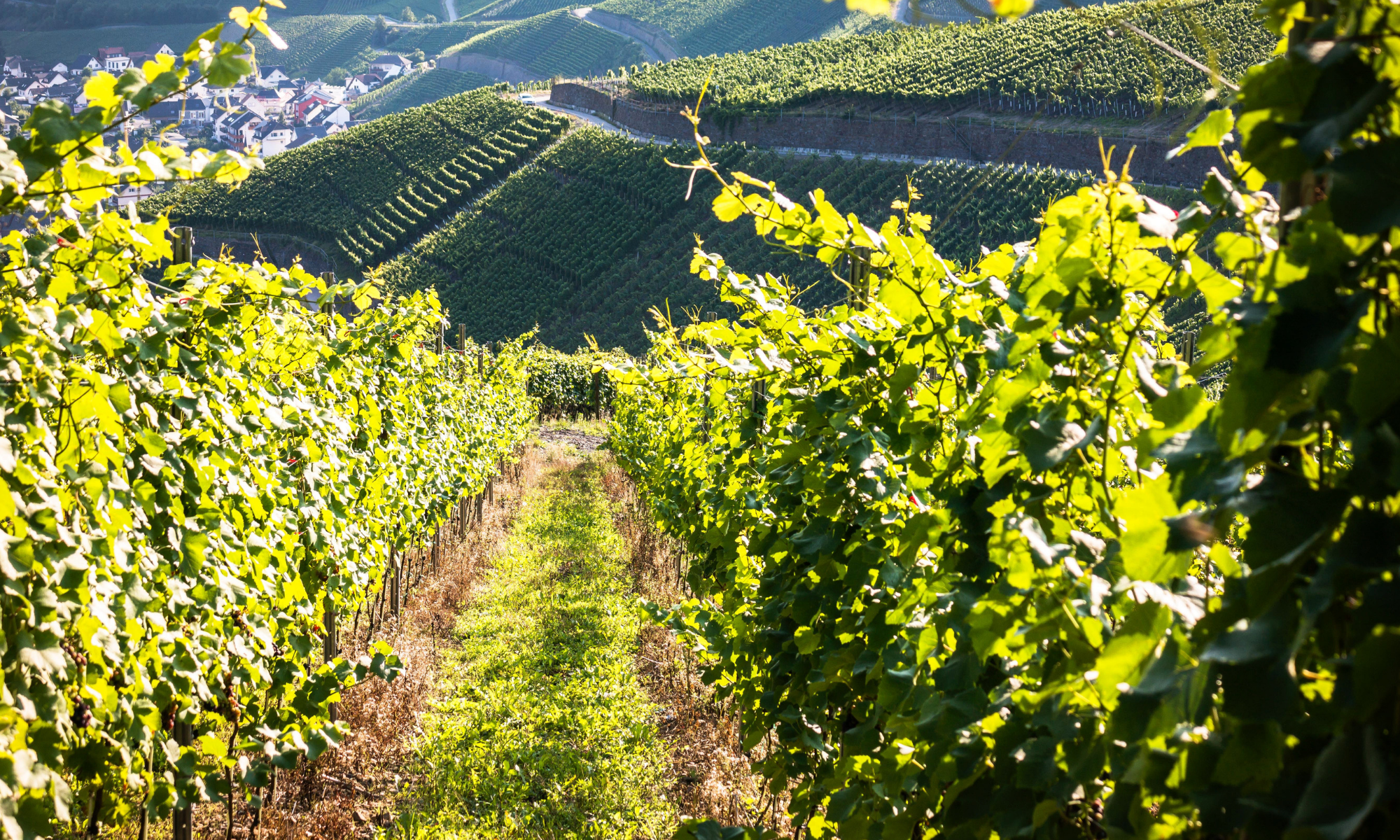At Growing with Science blog today we are highlighting Why Don’t Cars Run on Apple Juice?: Real Science Questions from Real Kids by Kira Vermond and illustrated by Suharu Ogawa.

This is a Q-and-A book with a twist. After writing down questions asked by children who visited the Ontario Science Centre in Toronto, Canada, Kira Vermond queried scientists and educators to provide accurate, meaningful answers. The resulting book is a fascinating look into science — and also into the minds of children — that is likely to ignite some passions for further exploration.
Overall, it is a well-curated assortment. Have you ever wondered what would happen if you sneeze in space? Or how whales sleep (without drowning)? Have you ever stayed awake at night wondering if rats burp? The answers are here and some of them might just surprise you.
The collection can be used a couple of different ways. Some children are going to want to read it cover to cover. Others will want to pick and chose a few areas that interest them, for example if they are looking for topics for a science fair project.
Why Don’t Cars Run on Apple Juice? will likely entice reluctant readers to learn about STEM, and at the same time serve as an inspiration or jumping off point for budding scientists. Explore a copy today!
While your at it, stop by Growing with Science blog for the full review.

Copyright © 2019 Roberta Gibson All Rights Reserved.





 STEAM Jobs in Cybersecurity (Series: STEAM Jobs You’ll Love)
STEAM Jobs in Cybersecurity (Series: STEAM Jobs You’ll Love)


 The Lost Forest
The Lost Forest 







 The Secret Life of the Skunk (Secret Life series)
The Secret Life of the Skunk (Secret Life series)